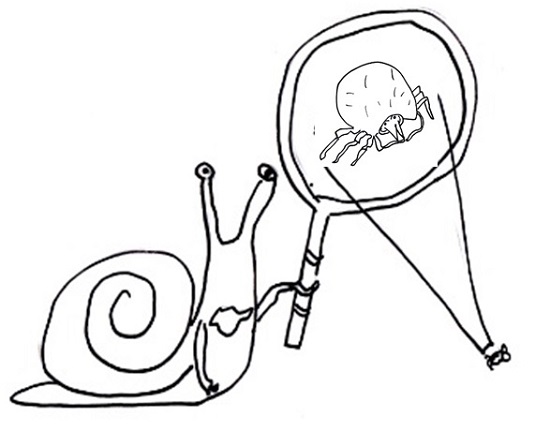No one wants to be beset by coughing, sneezing, breathing difficulties and a feeling of general malaise; although unfortunately nowadays it seems that more and more people every year are being affected by allergies. Although animal-based allergies are very common, the most common at present are allergic reactions caused by dust mites and their droppings. Living inside of our carpets, curtains, furnishings and bedding, these pesky little creatures live off the huge volumes of dust and detritus that human beings and pets create, living in a micro-sized world away from our gaze. How can we combat the machinations of these mini-beasts?

Mattresses
If you’ve got a creaky old spring mattress then chances are you want to upgrade it; go ahead! Coil or spring mattresses are terrible for allergy sufferers (don’t read ahead if you’re squeamish!) because the cavity inside of the unit basically acts as a home for dust mites. Within the springs huge volumes of dead skin and dust mite faeces accumulate, forming a devilish breeding ground for the causes of home allergies. Any mattress with light, loose padding or quilted tops will, unless rigorously washed twice a year, also accumulate allergens.
The best mattress to get to replace your spring-thing has to be a memory foam or latex mattress. With these newfangled inventions there is no space inside of the mattress for detritus to accumulate, helping allergy sufferers massively. Online retailers such as http://www.bedstar.co.uk are the place to go if you want a foam mattress; with clearance sales being held perpetually, your health need not break the bank!
Duvets
Now you may be thinking that, as is the case with mattress choice, your duvet should be crafted from some form of man-made fibre, so as to reduce the ability of dust mites to infest the material. Unfortunately, you’d be wrong in thinking so. Duvets made out of silk, cotton and feathers are far better for allergy sufferers, thanks firstly to the ability of duvets to be washed (this trumps any difference in fibre type) and secondly their ability to be filled with materials that have been treated with anti-bacterial chemicals that are inherently hostile to mites.
Pillows
When it comes down to picking the best anti-allergy pillow, there are a variety of options available. Firstly, pillows can be easily washed, however to completely eradicate mites the water used for washing must be a balmy 70 Celsius, this restricting one from using many synthetic pillows. Latex pillows are an excellent choice; thanks to being very breathable they rarely harbour moisture, something mites adore. Feather and wool pillows are also great; although wool’s natural hypoallergenic, anti-bacterial properties do put it slightly ahead of down-filled pillows. The best idea is to try out a couple and decide which is most comfortable for you!












I find silk filled duvets great. They are a bit pricey but are definitely worth the spend.
I love the idea of silk filled duvets because it’s a natural fibre too. Thanks for sharing.
If you have been diagnosed as allergic to dust mites and their detritus, and don’t want to replace your existing bedding, then a microfibre barrier covering that completely seals the bedding is often recommended. A leading immunologist and allergy consultant Dr Bruce Mitchell of Black Rock Clinic and allergy testing laboratory airmid Ireland, recommends to his patients one such barrier cover.
These are available only from Asthma Society Ireland and on Amazon UK. Brand is to be found at http://www.allerjeeze.co.uk
Thanks Kate, that’s a great resource. Thanks so much for sharing.